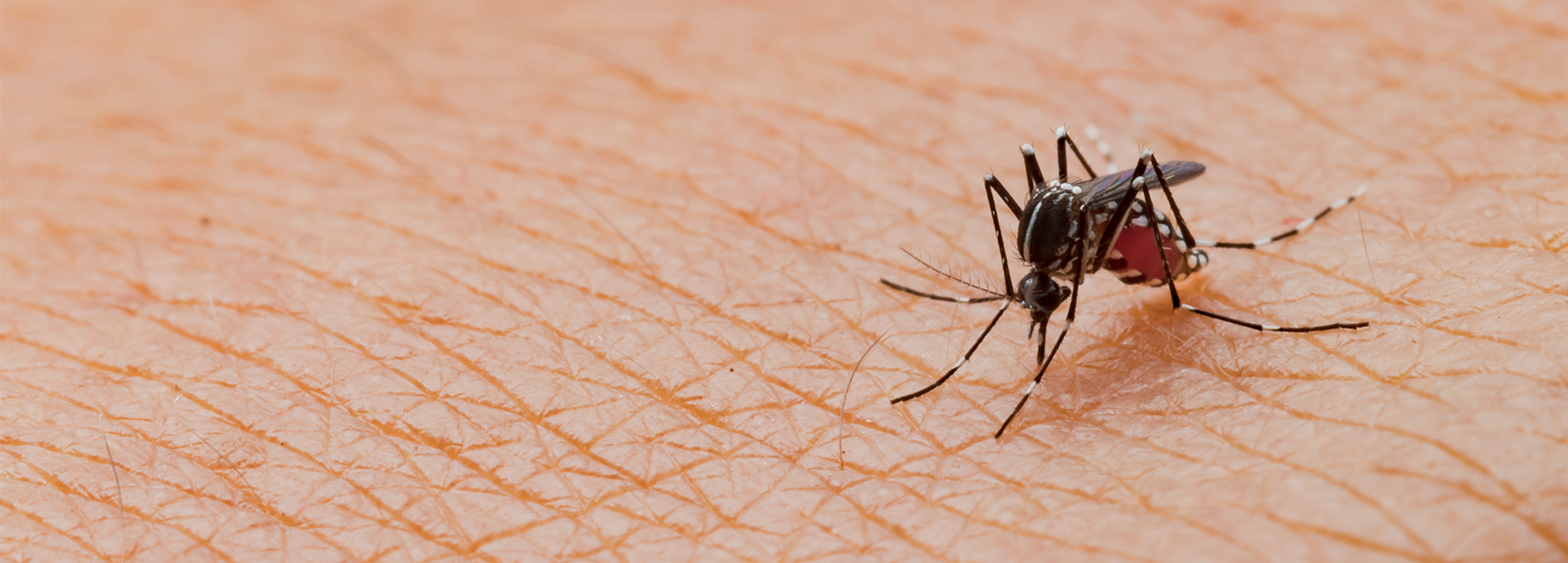A joint World Health Organisation (WHO)-UNICEF report, which was launched on September 17th, shows a decrease of 6.2 million in the number of deaths from malaria since 2000, with the lives of 5.9 million children under the age of five saved.
Malaria is caused by a parasite called Plasmodium, which is transmitted via the bites of infected mosquitoes. In the human body, the parasites multiply in the liver, and then infect red blood cells.
Symptoms of malaria include fever, headache, and vomiting, and usually appear between 10 and 15 days after the mosquito bite. If left untreated, malaria can quickly become life-threatening by disrupting the blood supply to vital organs. In many parts of the world, the parasites have developed resistance to a number of malaria medicines.
According to WHO, the number of countries on the verge of eliminating malaria is increasing. In 2014, thirteen countries reported zero cases of the disease and six countries reported fewer than ten cases. The fastest decreases in cases of malaria were seen in Central and Eastern Asia.
New research from the Malaria Atlas Project – a WHO Collaborating Centre based at the University of Oxford – shows that insecticide-sprayed bed nets (ITNs) have been “by far the most important intervention” in malaria control, accounting for the prevention of 68% of malaria cases since 2000.
Despite this progress, about 3.2 billion people – almost half of the world’s population – are at risk of malaria. In 2015 alone, there were an estimated 214 million new cases, and approximately 438,000 people died of this disease.
The WHO Global Technical Strategy for Malaria (a new 15-year road map for malaria control), adopted in May 2015, aims at a further 90% reduction in global malaria incidence and mortality by 2030.
UNICEF Executive Director Anthony Lake. “We know how to prevent and treat malaria. Since we can do it, we must.”



